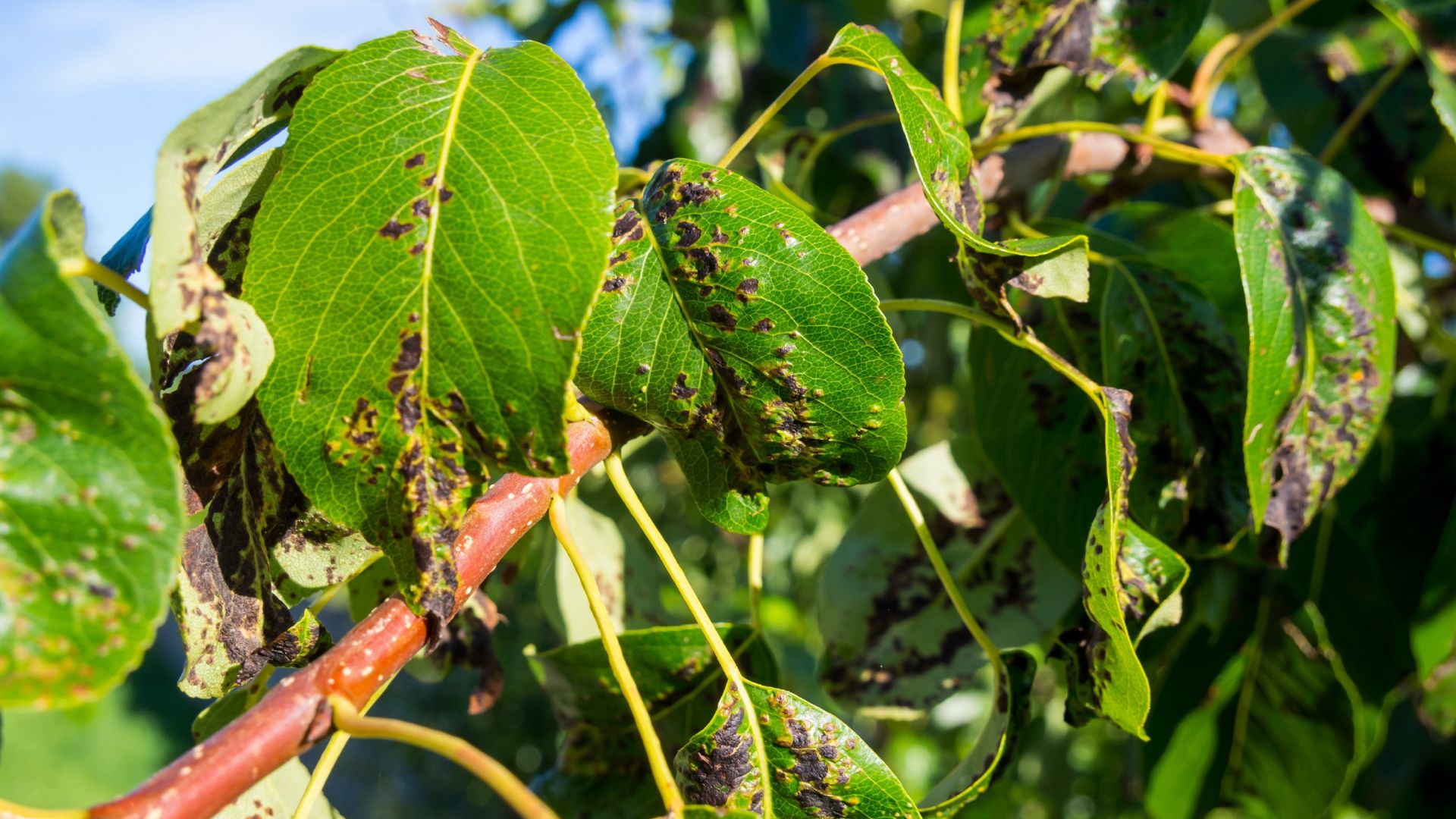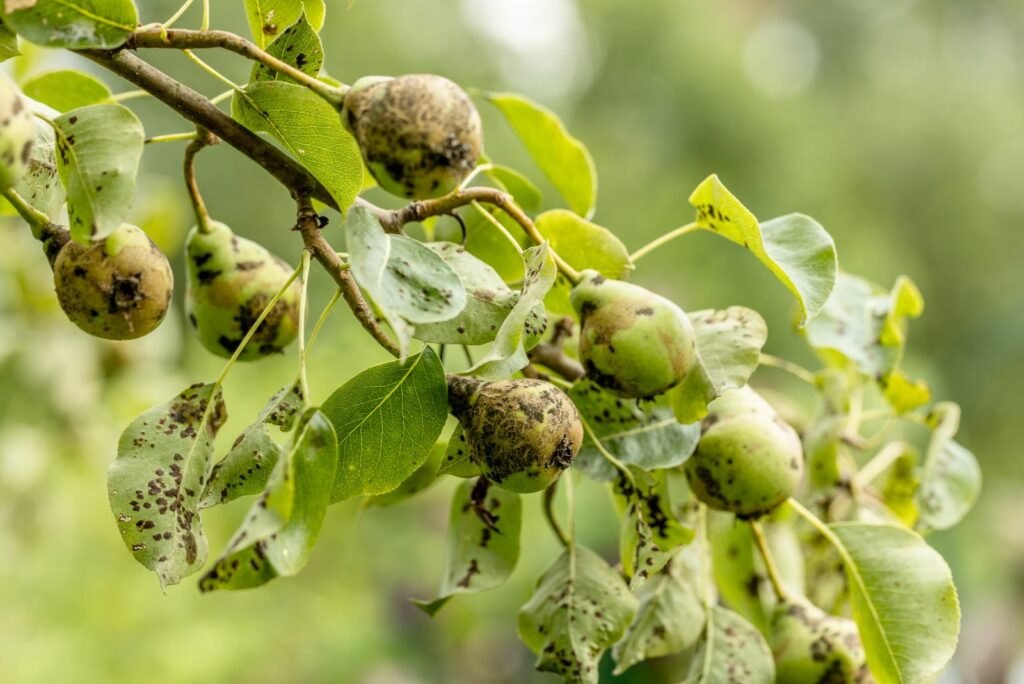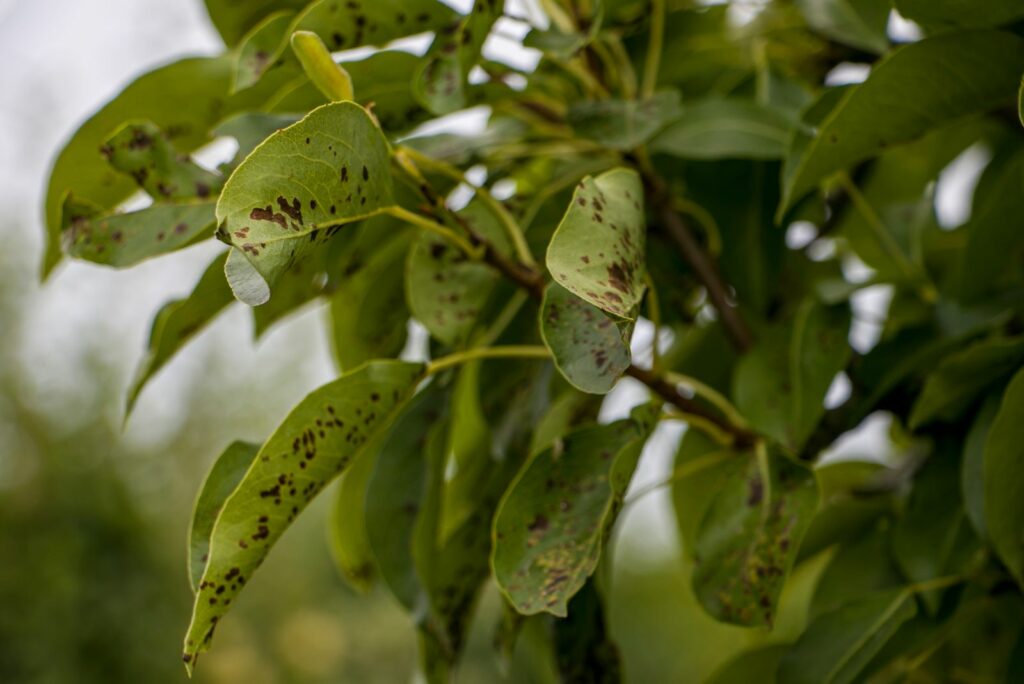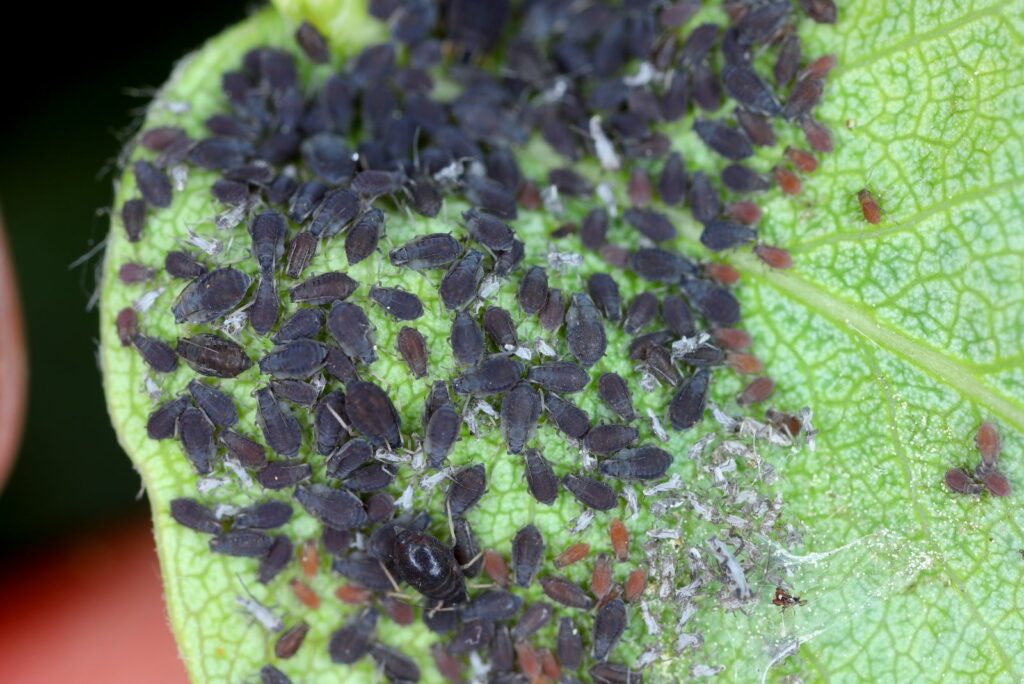Pears are one of the healthiest fruits that you can grow in your backyard! They are packed with nutrients such as vitamins, minerals, and fiber that can magically boost your health. Pears are also low in calories, so you can eat these delicious snacks every day!
Right before I start growing any veggies or fruits, pears are the first thing on my list! I love planting beneficial crops that can improve my immune system naturally (or maybe I just like how they taste).
I must admit that, in the beginning, I didn’t face any complications while growing them until… I started noticing that something was off. It turned out that pears can easily be affected by diseases and pests!
So, I tried my best to find some tricks that could help me treat my pear trees and prevent these problems. Luckily, I was able to find some good ones to help me recover my fruits in the easiest way possible and save the harvest!
If you notice that your pears aren’t doing so well, you’ll find everything you need to do to save them. But first, let’s see the most common problems that might be threatening your pear trees!
#1 Treat Corky And Black Spots On Your Pear Fruits With This Oil
If you spot dark olive-to-black marks on your fruits, leaves, or even stems, then your pears might be affected by a fungal disease called scab! This disease starts forming in spring’s wet conditions, and the wind spreads it quickly among your trees.
The worst part of your pears being infected by this terrible disease is that your fruits may become inedible, which means all of your hard work would be wasted!
But if you spot these signs early, you’ll be able to save them. The best thing you can use is neem oil! This oil has proven to be perfect for controlling and removing scab from pear trees.
#2 Use A Light Hand When It Comes To Fertilizer
Even though fertilizing your pears is a good thing, sometimes it can lead to weak growth! If you overdo it with fertilizer (especially with nitrogen), your trees can easily become prone to fire blight and other dangerous diseases.
That’s why you must be careful when applying fertilizer. The best time for doing it is once a year in spring, using a single application of slow-release granular fertilizer.
#3 If You Want To Prevent Dangerous Leaf Spots, Grab Your Pruners
Now we are going to talk about fire blight, another disease caused by bacteria. This is one of the most sneaky diseases because it overwinters in the branches of your pear trees, spreading the infection and damaging your fruits.
Some of the early signs are withered flowers, buds, and black spots on the leaves. If you don’t catch fire blight in time, there will be fewer fruits to harvest!
The best way to stop this from happening is to use fungicides and prune all the affected areas eight inches below the last visible signs. Make sure that your shears are clean before and after you use them.
#4 Drive Away Annoying Pests With These Amazing Natural Ingredients
Lots of pests will try to get to your pear trees. But the most common pests that enjoy feasting on your fruits and leaves are aphids and spider mites.
Aphids are tiny insects that are brown or black. You can drive them away by bringing in natural predators such as ladybugs, parasitic wasps, or hoverflies! Neem and cinnamon oils are also a good option to remove these annoying insects for good.
If spider mites start appearing, you’ll be able to spot webbing on the leaves and light yellowing on the foliage. The treatment is the same as for aphids.
These are the most common problems that might (or may already) affect your pear trees! With these helpful tricks, you’ll be able to save your pears and prevent diseases and pests from ruining your delicious fruit.
I had no idea how serious it could be until I experienced it firsthand. Luckily, I learned how to protect my trees just in time! With the right treatment and good care, your pears will thrive amazingly.
The only thing you should be doing right now is monitoring your pear trees and trying these amazing methods if you spot any signs of diseases or pests!
Good luck!





